
William Harper Jr. was a pioneer aviator and aviation engineer with the Wright brothers. [1]

William Harper Jr. was a pioneer aviator and aviation engineer with the Wright brothers. [1]
In 1912 he built his own airplane to fly out of Roosevelt Field, New York. [2]
The airplane was a monoplane, resembling the contemporary Blériot, with a span of 50 ft (15 m). [2] It was powered by a two-cylinder two-stroke of 50 hp (37 kW), [2] driving a 9 ft (270 cm)-diameter propeller. [2] It was outfitted with a speedometer and a crude turn-and-bank indicator. [2]
It was reportedly able to glide as much as 300 yd (270 m). [2]
It was scheduled to fly in June, from a field east of Mineola, on the Hempstead Plains. [2]
On February 3, 1914, Harper married Florence Tobin of Denver, Colorado in Newport, Rhode Island. [3]
I have taken keen interest in the articles on the development of aerial navigation, which The Times treats perhaps more fully than any other metropolitan daily. ...

Margaret Brown, posthumously known as "The Unsinkable Molly Brown", was an American socialite and philanthropist. She unsuccessfully encouraged the crew in Lifeboat No. 6 to return to the debris field of the 1912 sinking of RMS Titanic to look for survivors. During her lifetime, her friends called her "Maggie", but even by her death, obituaries referred to her as the "Unsinkable Molly Brown". The reference was further reinforced by a 1960 Broadway musical based on her life and its 1964 film adaptation which were both entitled The Unsinkable Molly Brown.

This is a list of aviation-related events from 1912:
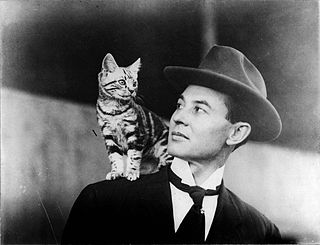
John Bevins Moisant, known as the "King of Aviators," was an American aviator, aeronautical engineer, flight instructor, businessman, and revolutionary. As a pilot, he was the first to conduct passenger flights over a city (Paris), as well as across the English Channel, from Paris to London. He also co-founded a prominent flying circus, the Moisant International Aviators.

Harriet Quimby was an early American aviation pioneer and a movie screenwriter.

Bertrand Blanchard Acosta was a record-setting aviator and test pilot. He and Clarence D. Chamberlin set an endurance record of 51 hours, 11 minutes, and 25 seconds in the air. He later flew in the Spanish Civil War in the Yankee Squadron. He was known as the "bad boy of the air". He received numerous fines and suspensions for flying stunts such as flying under bridges or flying too close to buildings.

Clyde Vernon Cessna was an American aircraft designer, aviator, and early aviation entrepreneur. He is best known as the principal founder of the Cessna Aircraft Corporation, which he started in 1927 in Wichita, Kansas.
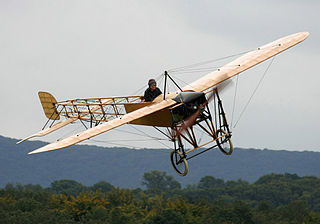
The Blériot XI is a French aircraft of the pioneer era of aviation. The first example was used by Louis Blériot to make the first flight across the English Channel in a heavier-than-air aircraft, on 25 July 1909. This is one of the most famous accomplishments of the pioneer era of aviation, and not only won Blériot a lasting place in history but also assured the future of his aircraft manufacturing business. The event caused a major reappraisal of the importance of aviation; the English newspaper The Daily Express led its story of the flight with the headline "Britain is no longer an Island".

The Aeronautical Division, Signal Corps (1907–1914) was the first heavier-than-air military aviation organization in history and the progenitor of the United States Air Force. A component of the U.S. Army Signal Corps, the Aeronautical Division procured the first powered military aircraft in 1909, created schools to train its aviators, and initiated a rating system for pilot qualifications. It organized and deployed the first permanent American aviation unit, the 1st Aero Squadron, in 1913. The Aeronautical Division trained 51 officers and 2 enlisted men as pilots, and incurred 13 fatalities in air crashes. During this period, the Aeronautical Division had 29 factory-built aircraft in its inventory, built a 30th from spare parts, and leased a civilian airplane for a short period in 1911.

The Wright Exhibition Team was a group of early aviators trained by the Wright brothers at Wright Flying School in Montgomery, Alabama in March 1910.

The Wright Flying School, also known as the Wright School of Aviation, was operated by the Wright Company from 1910 to 1916 and trained 119 individuals to fly Wright airplanes.

The Early Birds of Aviation is an organization devoted to the history of early pilots. The organization was started in 1928 and accepted a membership of 598 pioneering aviators.

Robert Joseph Collier was the son of Peter Fenelon Collier and a principal in the publishing company P. F. Collier & Son. Upon his father's death, he became head of the company and, for a time, was editor of Collier's Weekly. He was president of the Aero Club of America.

Arthur Charles Hubert Latham was a French aviation pioneer. He was the first person to attempt to cross the English Channel in an aeroplane. Due to engine failure during his first of two attempts to cross the Channel, he became the first person to land an aeroplane on a body of water.
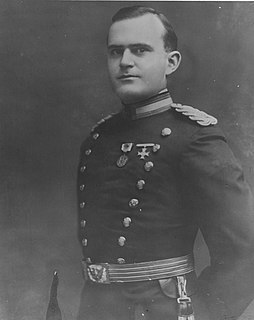
Leighton Wilson Hazelhurst Jr. was a pioneer aviator who was killed in an aircrash with Al Welsh piloting. Hazelhurst was the third United States Army officer to die in an aviation accident. The two to die before him were Thomas Etholen Selfridge and George Edward Maurice Kelly.
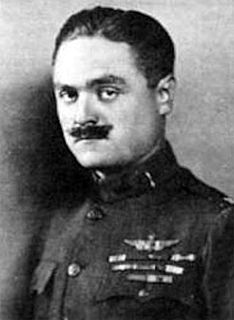
Lieutenant Colonel William Thaw II was a World War I flying ace credited with five confirmed and two unconfirmed aerial victories. He is believed to be the first American to engage in aerial combat in the war. He was the first to fly up the East River under all four bridges.

John Armstrong Drexel was an American aviation pioneer who was a member of the prominent Drexel family of Philadelphia.
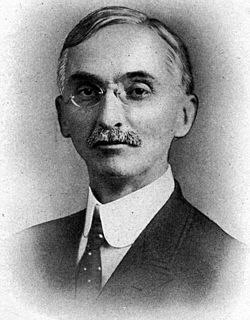
Benjamin Thaw Sr. was a Pittsburgh banker and philanthropist.
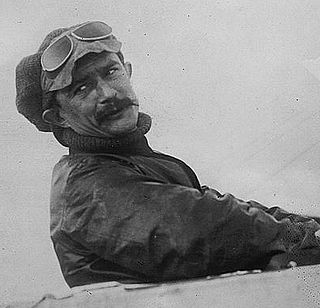
Jules Charles Toussaint Védrines was an early French aviator, notable for being the first pilot to fly at more than 100 mph and for winning the Gordon Bennett Trophy race in 1912.

Eleanor Josephine Trehawke Davies was an English aviator and the first woman to fly across the English Channel and to have "looped the loop" in an aircraft.
William Harper, Jr., was the most envied aviator on the field here this afternoon, when he took out a number of attractive girls in his big yellow for ...
The wedding of Miss Florence Tobin of Denver and William Harper, Jr., of New York will take place to-morrow evening at the cottage of the bride's aunt, Mrs. James J. Brown. Only relatives will be present. A dinner at the MuenchingerKing will follow, with Mrs. Brown as hostess.